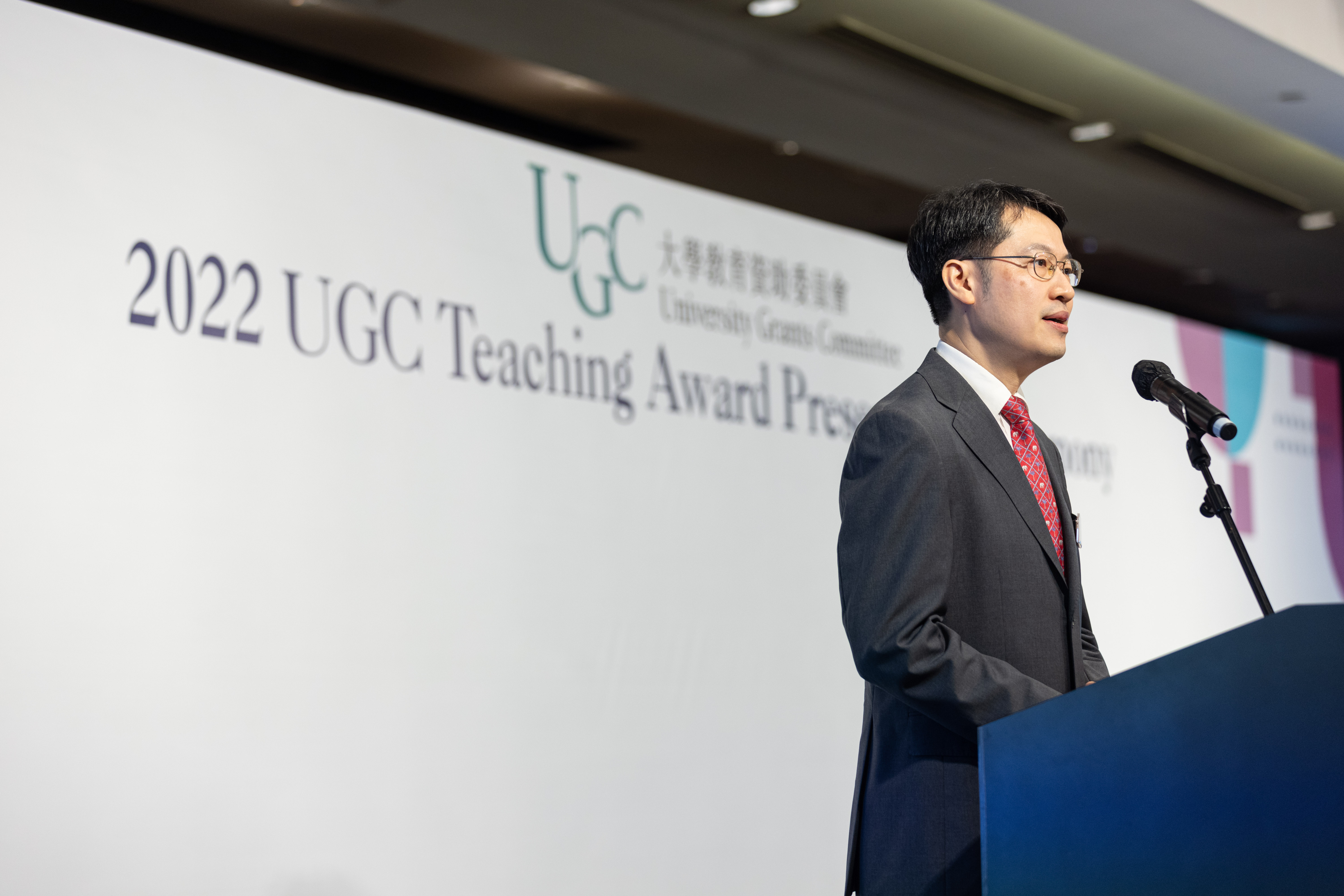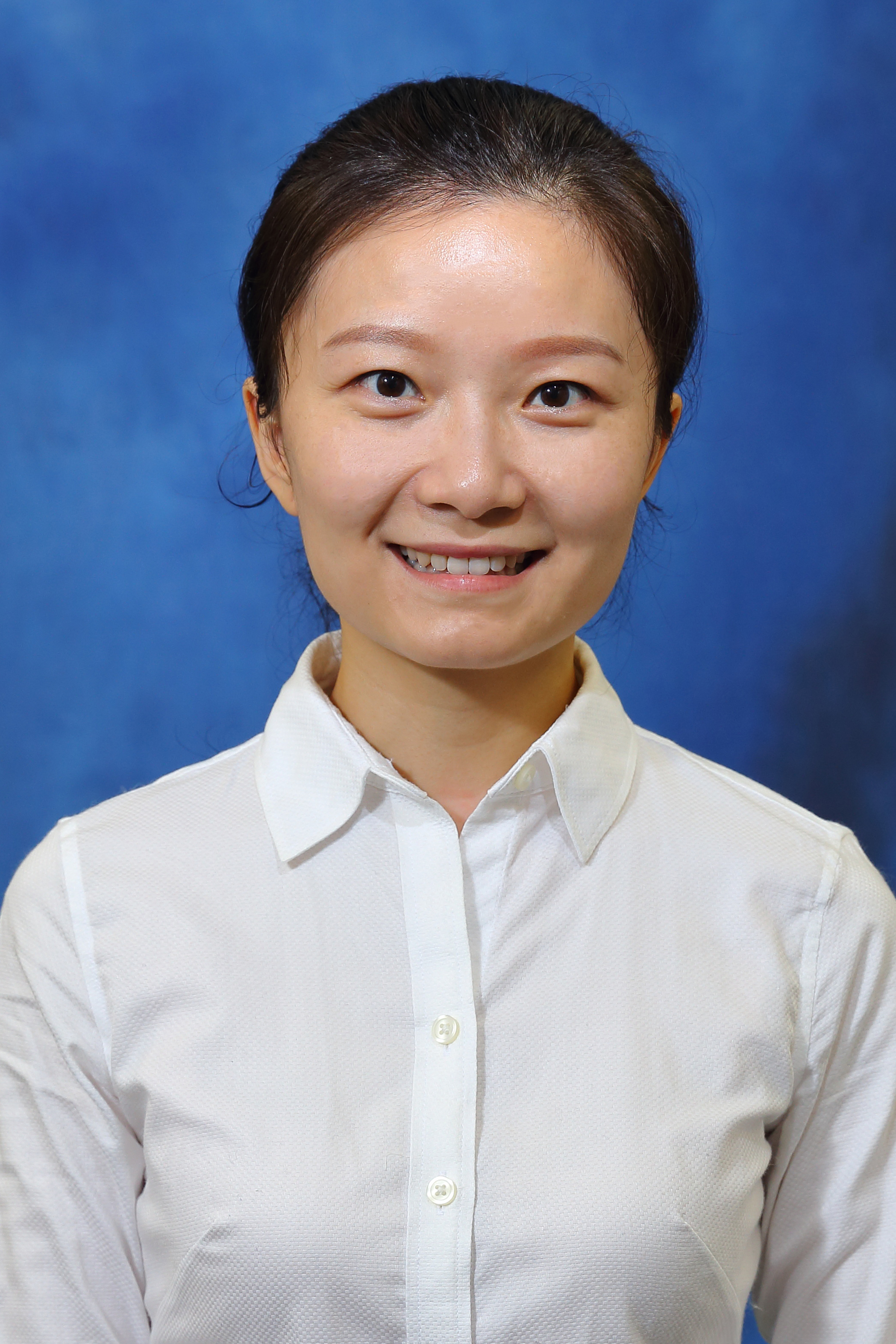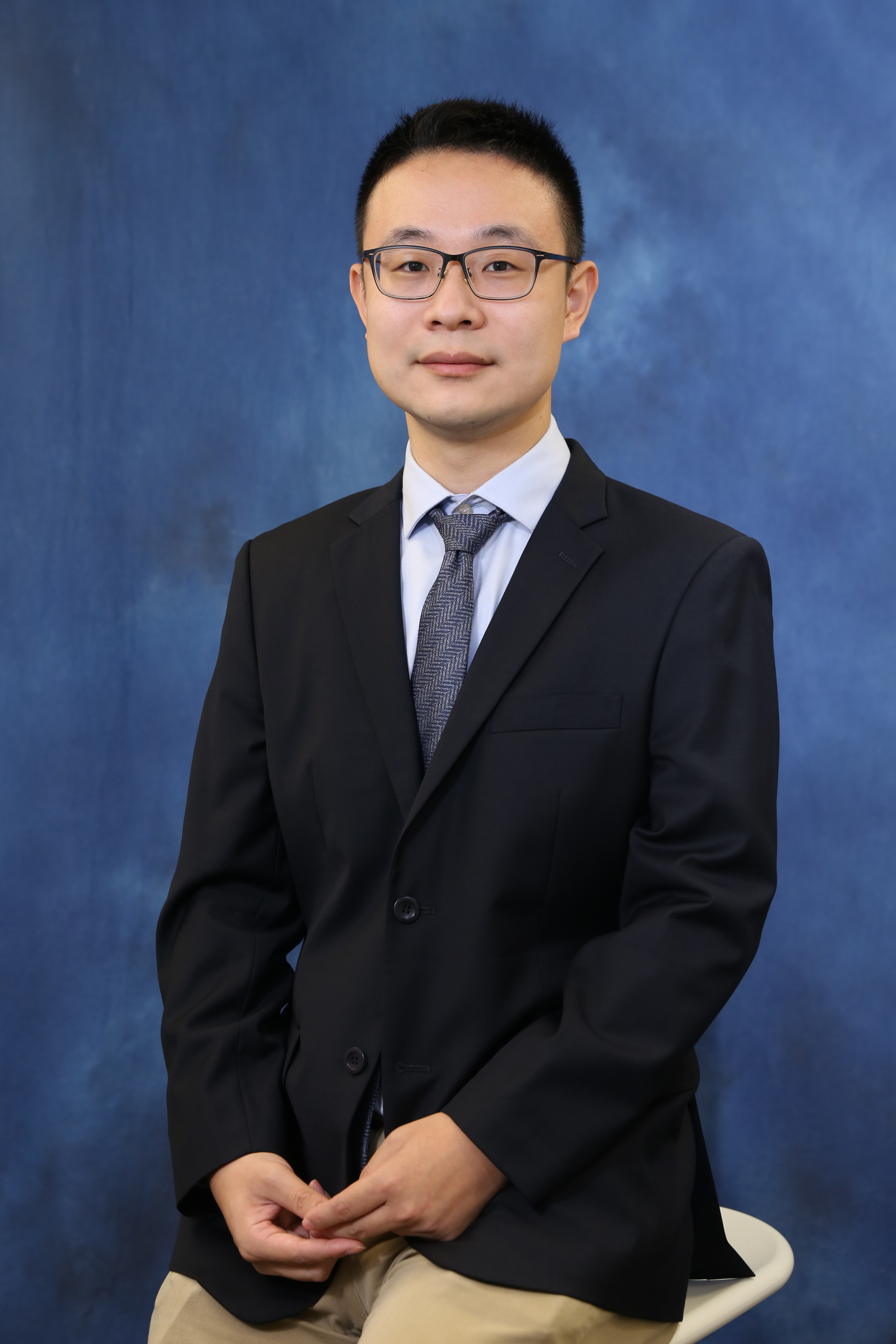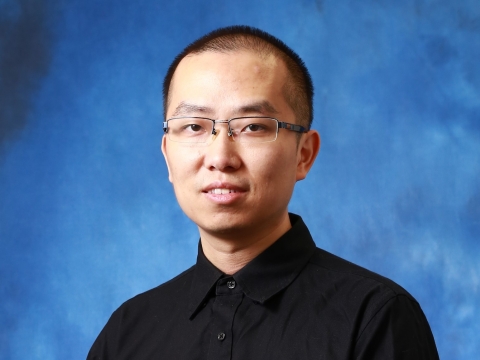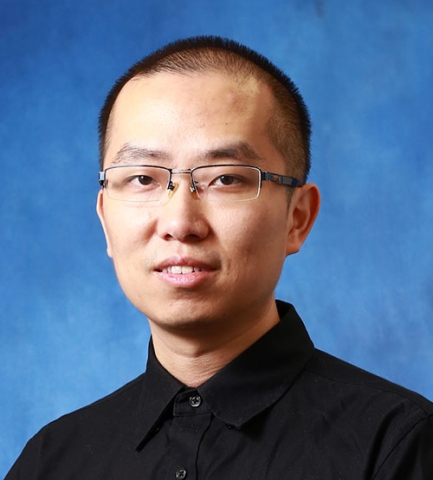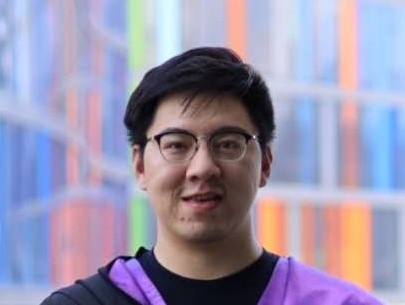Professor Anthony Man-cho So, Professor of Department of Systems Engineering and Engineering Management, has been awarded the 2022 UGC Teaching Award (General Faculty Members) by the University Grants Committee, in recognition of his achievements in learner-centred teaching and leadership in multidisciplinary curriculum and programme design. Professor So said he was very honoured to win this distinguished award, commenting, “It is my strong belief that every student has his or her potential, and my mission as a teacher is to help students discover and unleash their talents. This award recognises my team’s hard work and reaffirms our dedication to teaching. I would like to thank all my colleagues and students at CUHK for their unconditional support. They are my constant source of inspiration and strength.” Professor Anthony So joined CUHK in 2007. He is currently Dean of the Graduate School, Deputy Master of Morningside College and Professor of the Department of Systems Engineering and Engineering Management. His excellence in teaching has earned him multiple accolades, including the University Education Award 2022, the Vice Chancellor’s Exemplary Teaching Award 2013, and the Dean’s Exemplary Teaching Award for three times (2011, 2013 and 2015). Professor So’s teaching philosophy is learner-centred. He adopts a Think-Act-Communicate-Test and Investigate-Connect (TACTIC) approach, which not only focuses on training students’ technical skills but also emphasises an interdisciplinary learning perspective. Professor So is keen on connecting the dots between engineering and the humanities in his teaching. Since 2019, he has delivered lectures on ethical dilemmas in artificial intelligence as part of a college-wide general education course. Over the years, Professor So has spearheaded efforts in curriculum enhancement and building a collaborative learning community among teachers to address students’ real needs. He was tapped to lead the faculty’s ELITE (Engineering, Leadership, Innovation, Technology and Entrepreneurship) Stream, which aims to nurture outstanding engineering students and to develop their potentials through additional challenging coursework and invaluable extracurricular activities. He also initiated and led a faculty-wide revamp of the engineering mathematics curriculum. The six new courses were launched in 2019-20. Breaking new ground in engineering education, Professor So introduced the first-of-its-kind writing component to CUHK’s engineering courses and has provided students with much-needed training on technical writing. To deepen this initiative, he plans to use the award to develop a course titled “Mathematical Writing for Engineers”, which equips students at various levels with practical research paper writing skills. With the wide range of applications of technical writing in different disciplines, it is envisioned that the course will also benefit students from non-engineering fields, creating a far-reaching impact on teaching and learning. (extracted from the press release issued on 26 Sep 2022 by CUHK Communications and Public Relations Office). |
|




